True or False: Content That Features Faces Gets More Likes on Instagram Than That Without
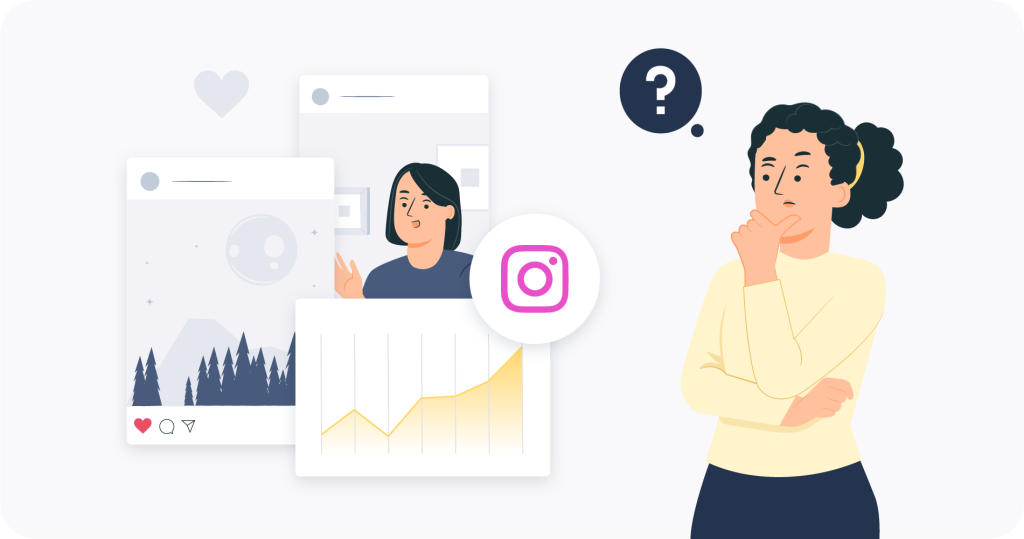
When asked if videos and photos that feature faces get more likes on Instagram than those that don’t, the majority of social media managers would probably answer with a clear yes. But is that really always the case?
In reality, your industry and target group play a major role in which content performs better. That’s why we examined the performance of Instagram posts throughout four different industries: Fashion, Automotive, Soft Drinks, and Tech.
We selected 9 to 10 accounts from each industry and analyzed a total of more than 4,100 Instagram posts (photos, reels, and carousels) published within the last few months, to finally answer the question: “Does content featuring people’s faces really perform better on social media?”
Sample Shows: Content Without Human Faces Performs Better
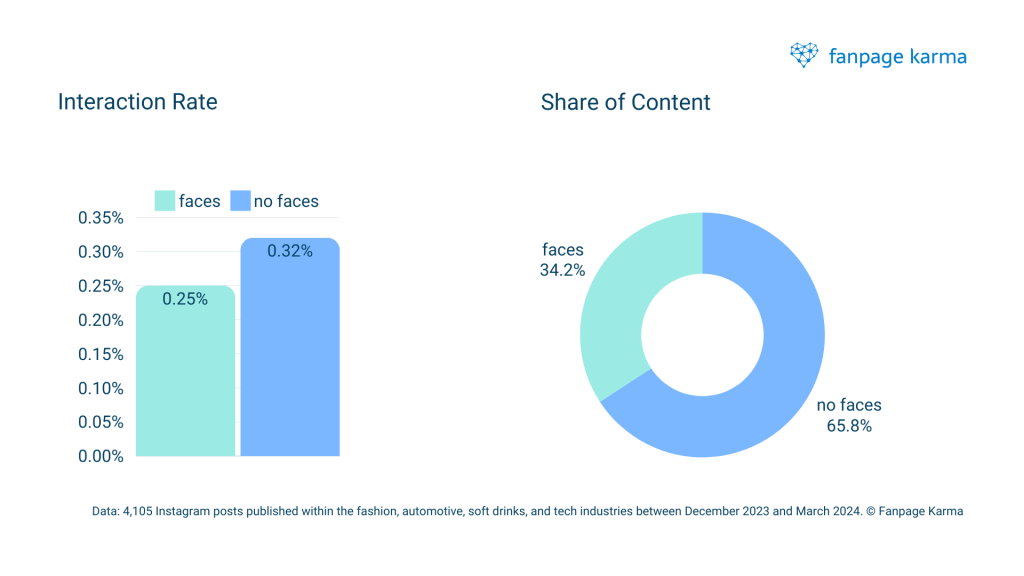
Across all four industries analyzed, 65.8% of the content posted on Instagram did not show a human face. This means that 34.2% of the posts showed people – regardless of whether it was a full-body shot or a close-up of the face. Almost two thirds of the content posted consisted of photos and videos without faces. Instead, it featured other images, including products, landscapes, or illustrations.
However, content without human faces was not only posted more frequently by the brands we studied on Instagram but also performed better across all four sectors: at 0.32%, its interaction rate was ⅓ higher than for posts showing faces (0.24%).
Does this mean that videos and photos without human faces perform better on Instagram after all? If we look at the industries and the content posted individually, a more differentiated picture emerges.
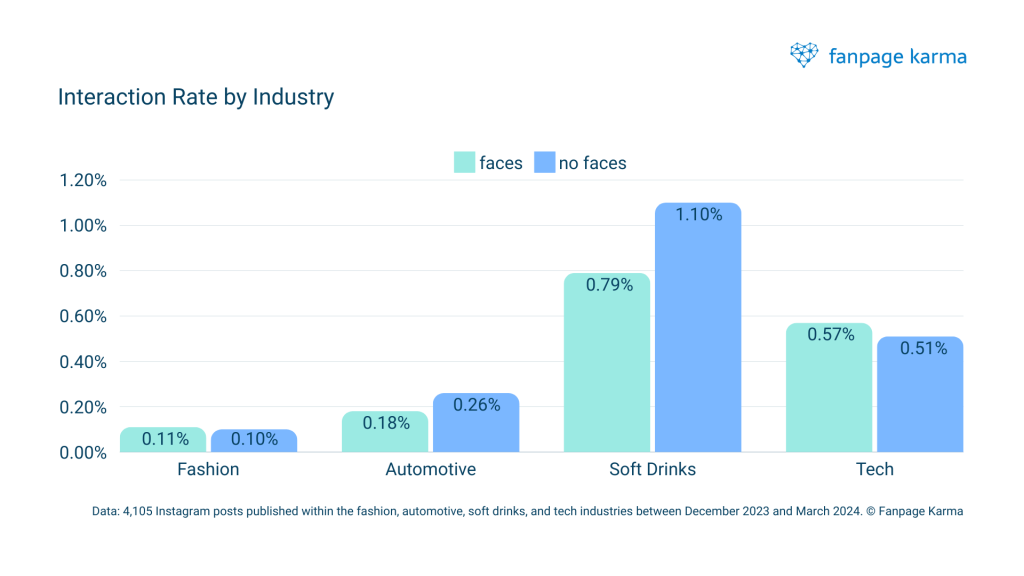
Performance strongly dependent on industry
In the fashion industry, slightly more than half of the posts analyzed contained human faces (52.8%). These posts received 10% more interactions than other content. Overall, images and videos with models seemed to generate slightly more attention within the target group in this industry, generating 10% more likes and encouraging 14% more comments. In other words, our findings for the fashion industry are slightly in favor of videos and photos with faces.
However, in the automotive industry, the situation is different. The brands in this industry almost exclusively post content with a strong focus on their product. 86.4% of all posts analyzed did not feature any people or human faces. It appears that the industry knows the expectations of its target group, since this type of content (without faces) also performs much better. The posts received a 44% higher interaction rate than those with humans, 39% more likes, and 7% more comments.
In comparison, 64.5% of the content posted in the soft drinks sector did not feature people or their faces. These posts had a 41% higher interaction rate than photos and videos featuring people. However, an interesting detail emerged in this industry. While content that mainly featured close-ups of the product was able to generate almost 49% more likes, videos and photos that featured people’s faces generated more than twice as many comments (an increase of 115%).
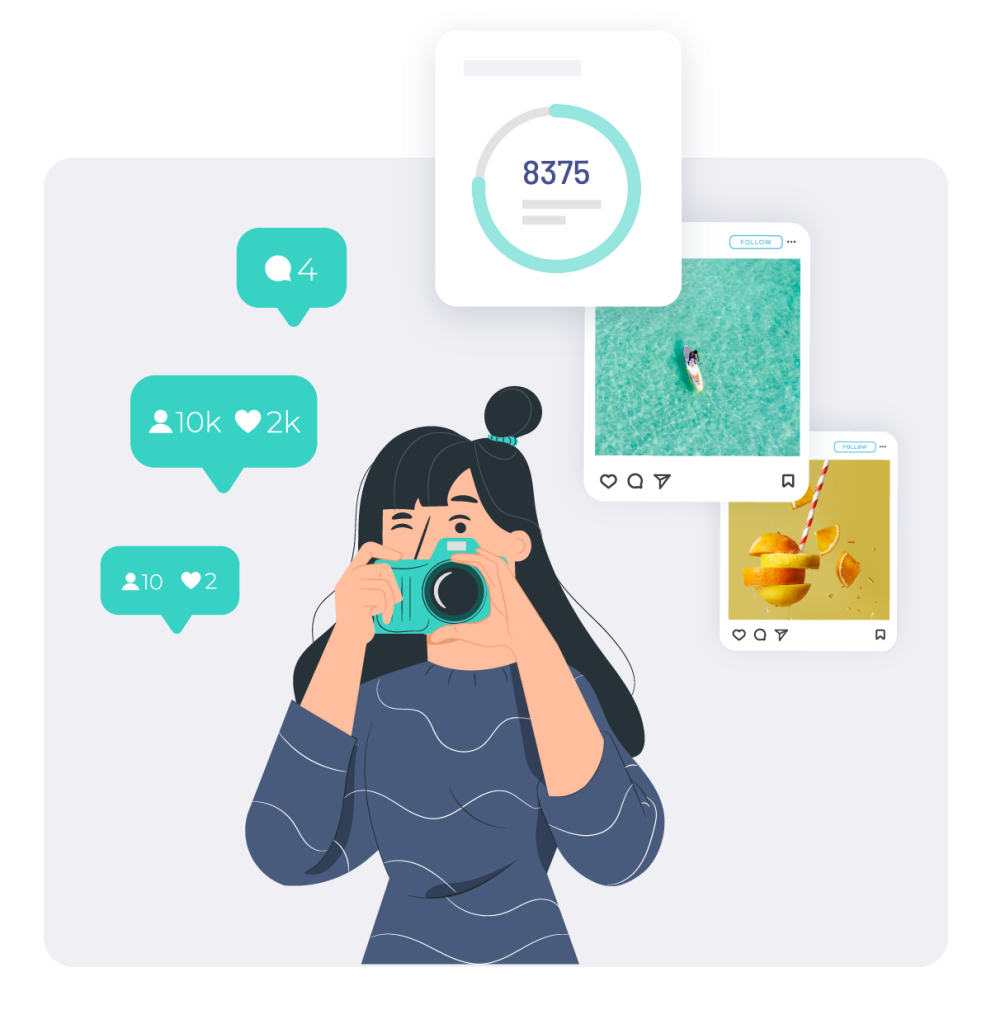
The tech industry also predominantly used content without human faces, and only 35.9% of the posts focused on people. However, it was precisely these photos and videos featuring people and their faces that had an almost 12% higher interaction rate. In contrast to the soft drinks industry, posts that included people led to 5% more likes in the tech industry, while posts without people encouraged 25% more comments.
Videos and Photos Featuring Faces Can Perform Better, but They Don’t Necessarily Do
In conclusion, whether videos and photos featuring people or faces actually create more likes and perform better on Instagram heavily depends on the respective industry and target group. People who follow an automotive brand on Instagram want to see cars. Those who follow a fashion brand, on the other hand, want to see what the advertised clothing looks like when worn by people. A lot of this is probably due to familiarity. Cars have been advertised using highly stylized product photography since long before the age of the internet, just like fashion has always been advertised using models.
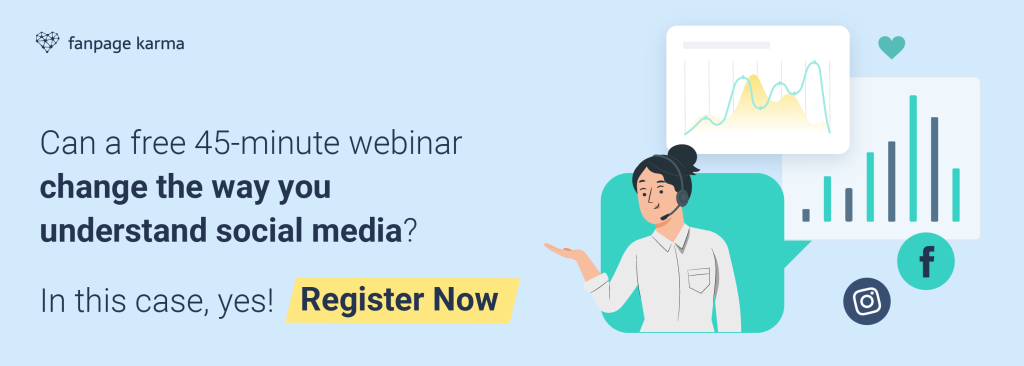
Thus, people and faces can certainly draw the attention of social media users to your posts – if your target group is used to seeing your product in connection with people (e.g. in the fashion industry), or if your product is strongly connected to emotions. Faces are a great way to convey emotions and can help others identify with your content and product.
However, in industries that are not as strongly linked to emotions, close-ups of people or faces can actually distract from your marketing message and product. This is where well-thought-out product photography, landscape photography, or creative illustrations, for example, can be more effective.
When it comes to engaging with and commenting on posts, content featuring people can also have an impact in these less emotional sectors, as we were able to see in the beverage industry. The brands in our sample mainly relied on close-ups of faces, which might attract and hold users’ attention in the Instagram feed through their direct gaze. As a result, consumers probably also tend to engage with the actual content of a post.
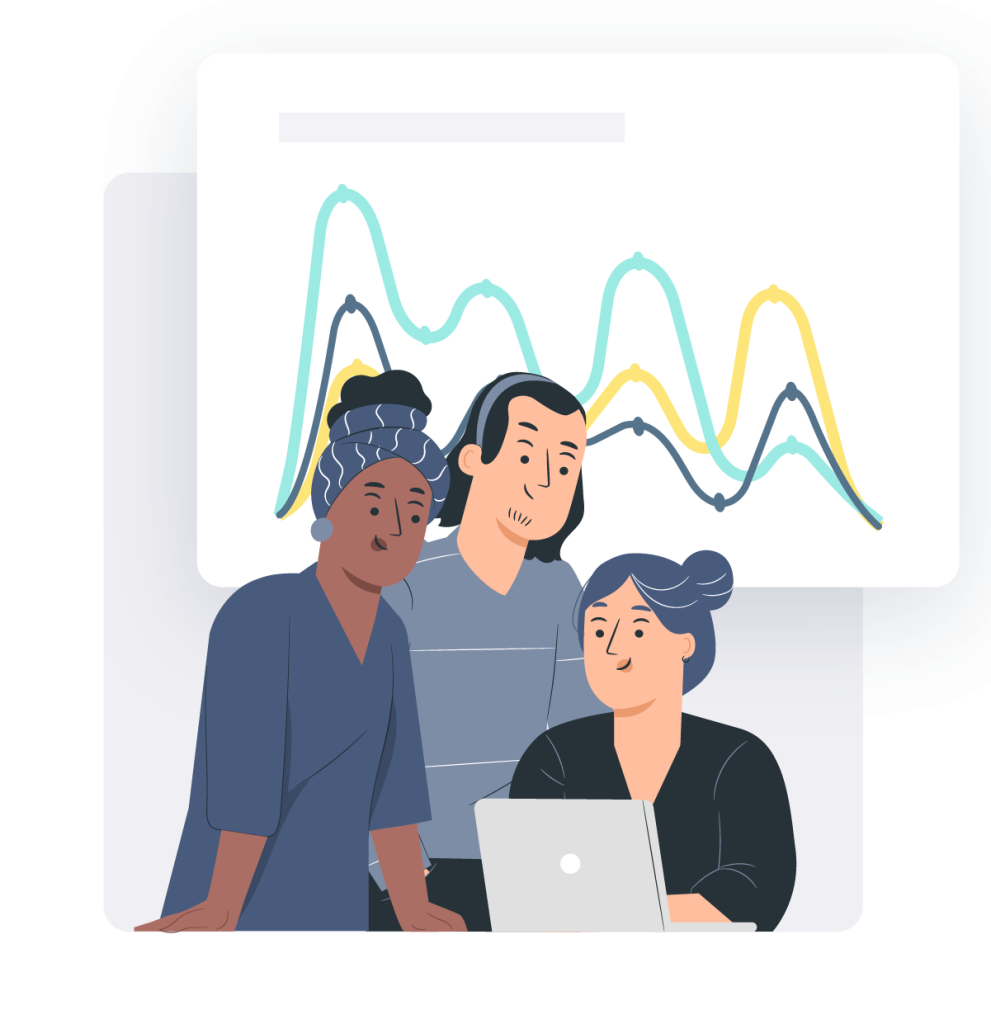
In the tech industry, the opposite is true. Videos and photos featuring faces lead to more likes and interactions, while content without faces can generate more comments. Over recent months in particular, the tech brands in our study have increasingly shared AI-generated photos and videos and other AI-related content that often does not involve people since this topic itself generates numerous comments.
If you want to find out whether videos and photos that feature faces get more likes on Instagram than those without for your own industry, you can carry out the above analysis with the all-in-one social media tool Fanpage Karma.
You can try out Fanpage Karma for free now for 14 days. Fanpage Karma also offers a free weekly webinar that shows you how to improve the overall quality of your social media activities.









